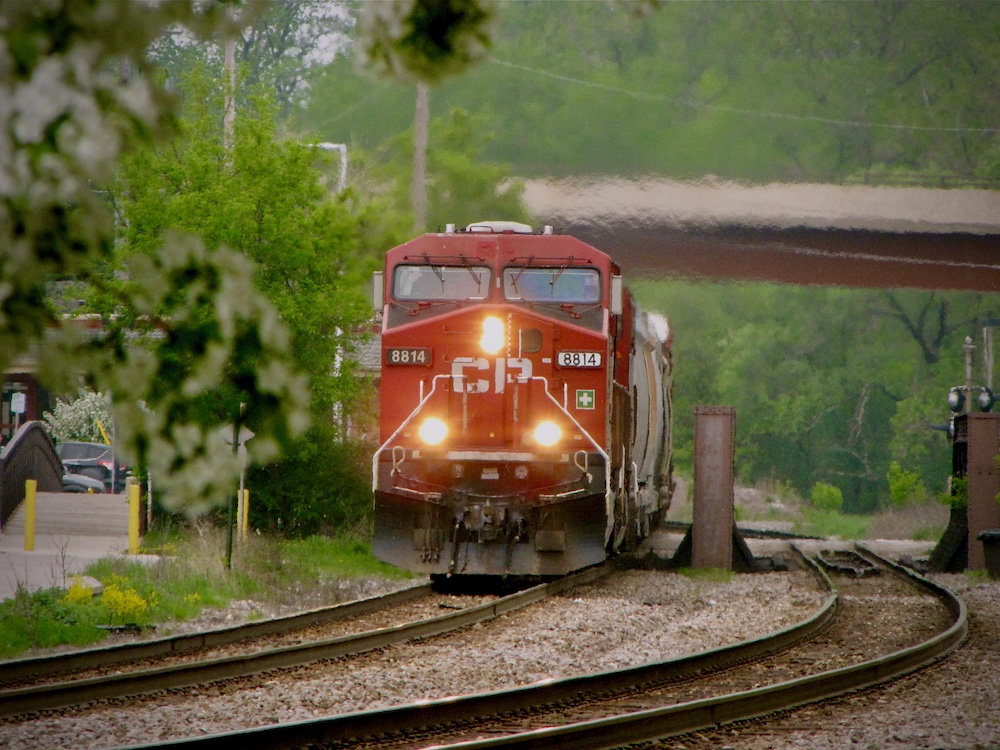
A House subcommittee hearing on May 6 focused on improving the efficiency and effectiveness of federal rail grants as U.S. Department of Transportation officials grapple with thousands of awarded-but-unobligated grants.
Industry experts testified that reliable funding and faster regulatory processes are critical to infrastructure development.
“We need reliable, predictable funding to plan decades’ worth of capital improvements,” said Garrett Eucalitto, Connecticut DOT commissioner and American Association of State Highway and Transportation Officials president. “Fits and starts of funding make it difficult to plan and implement any project.”
Eucalitto urged lawmakers to include a dedicated rail title in the next surface transportation reauthorization bill to maintain momentum from the 2021 Infrastructure Investment and Jobs Act, which provided $102 billion in federal rail funding. The current authorization expires in September 2026.
Kevin Hicks, senior vice president at Gannett Fleming Transystems, recommended standardizing grant applications and making agreements more template-based. He suggested the Federal Railroad Administration (FRA) consolidate existing programs and create separate funding streams for preliminary engineering versus final design and construction.
Other witnesses included Kristin Bevil of Pinsly Railroad Company, who advocated for optimizing grant processes and improving NEPA reviews, and Matthew Dietrich of the Ohio Rail Development Commission, who proposed streamlining project delivery.
Experts agreed that environmental reviews could be expedited by eliminating duplicative requirements and establishing clearer timelines for project implementation.






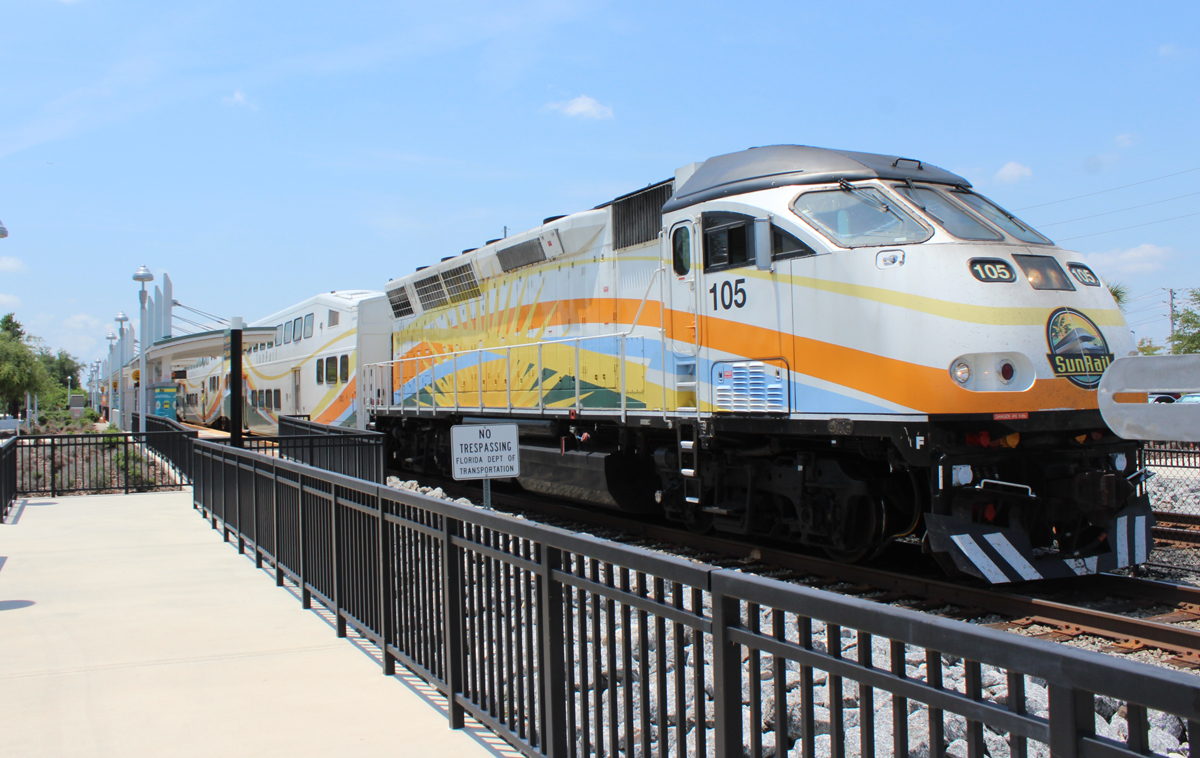
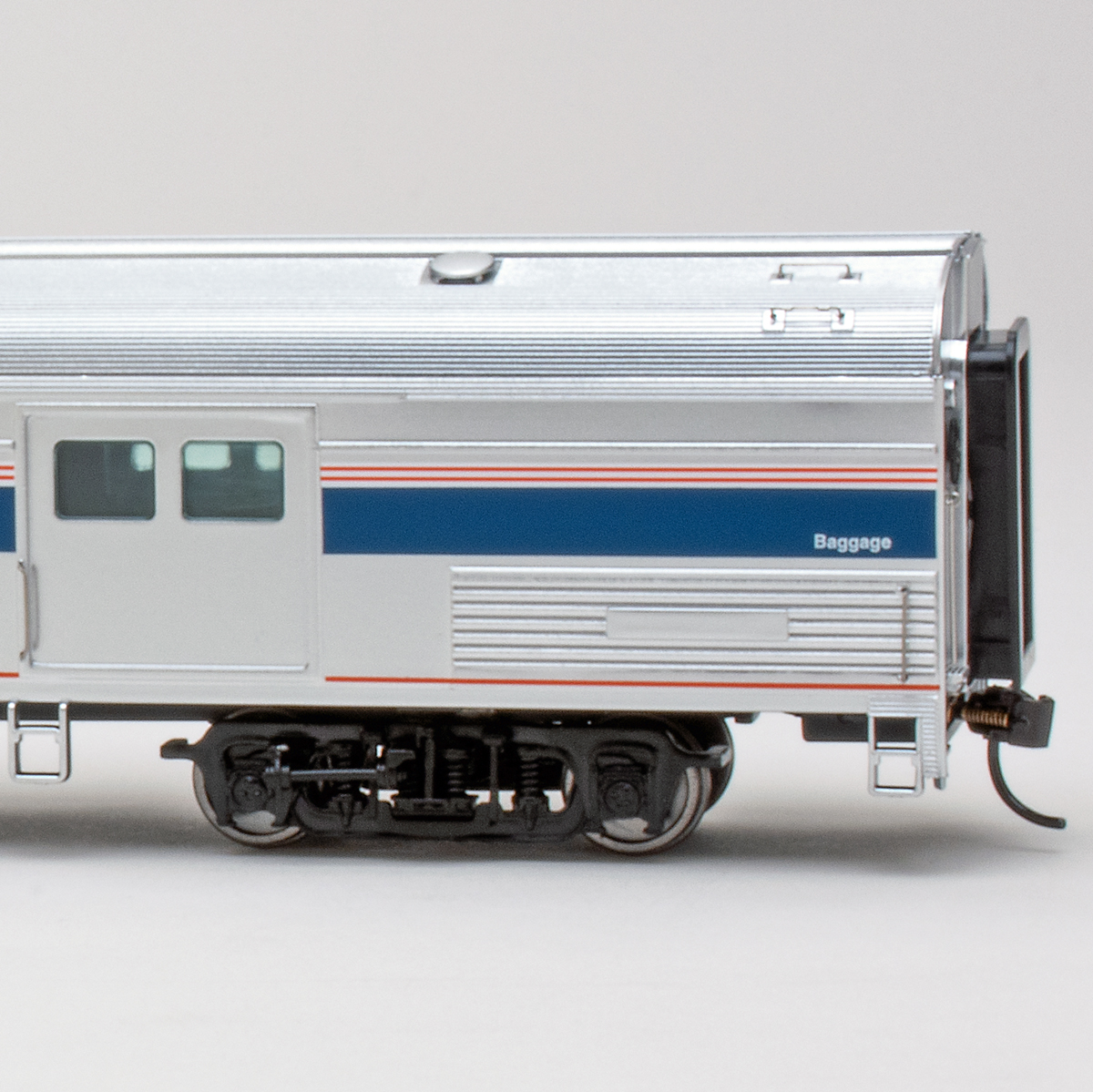
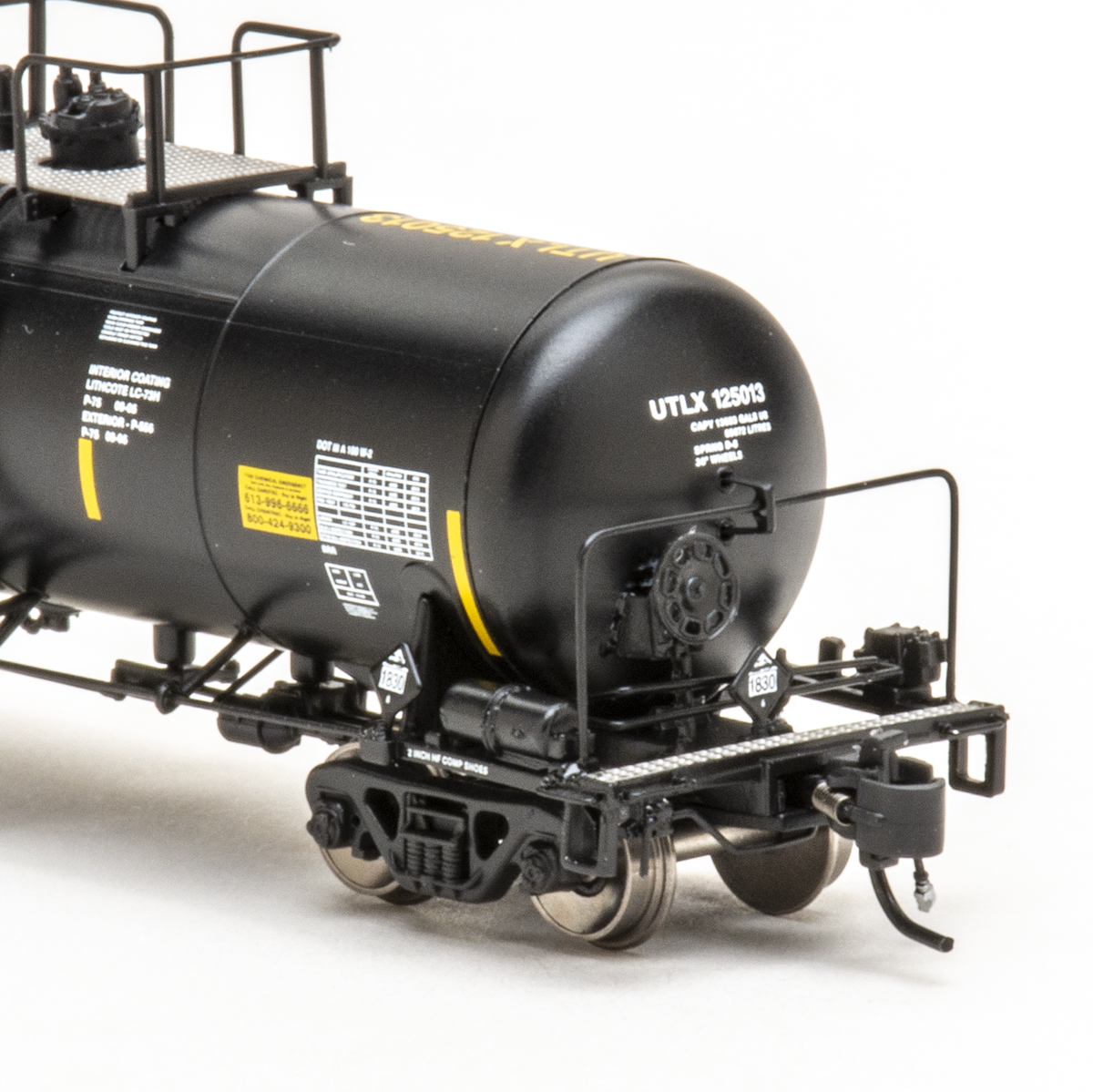
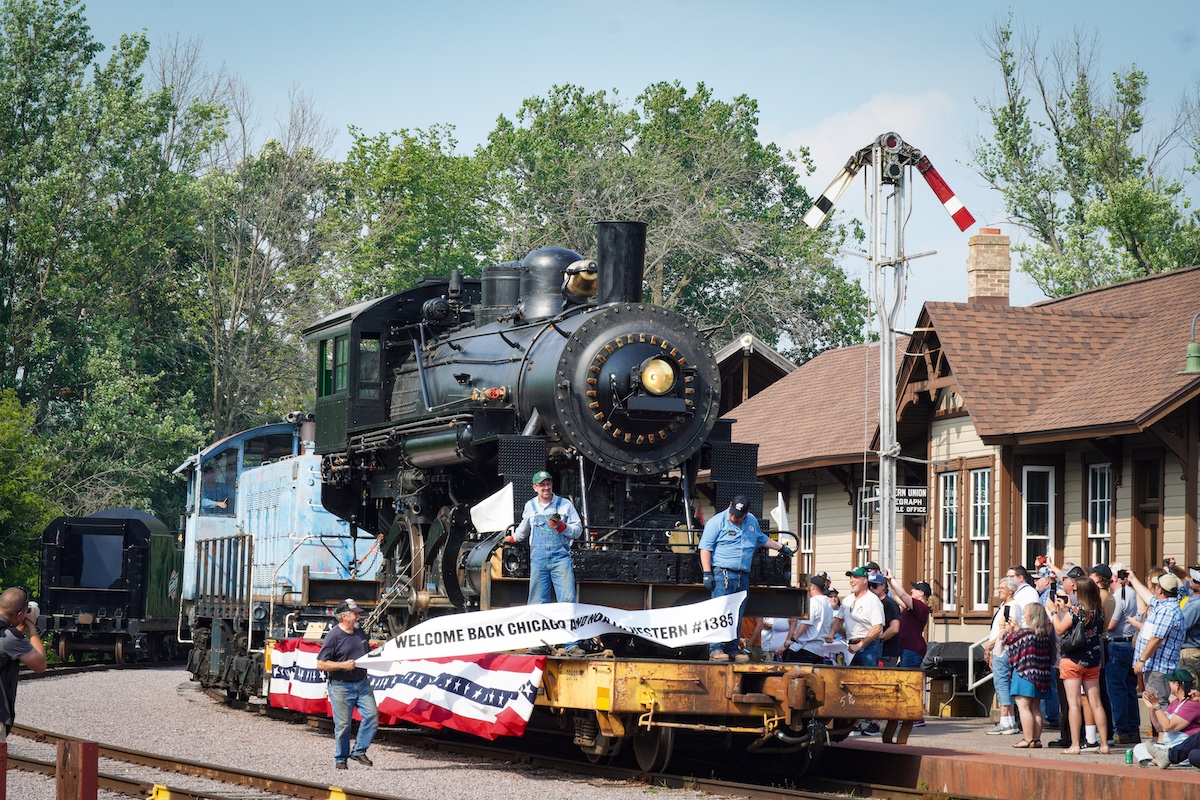
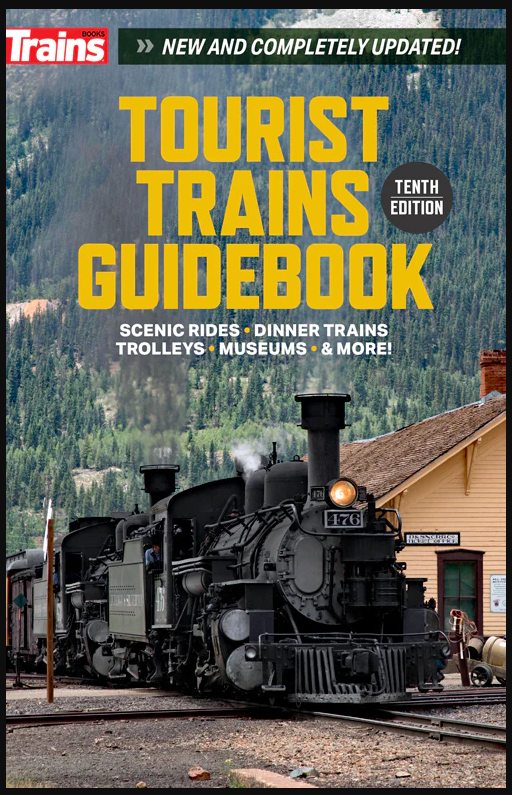
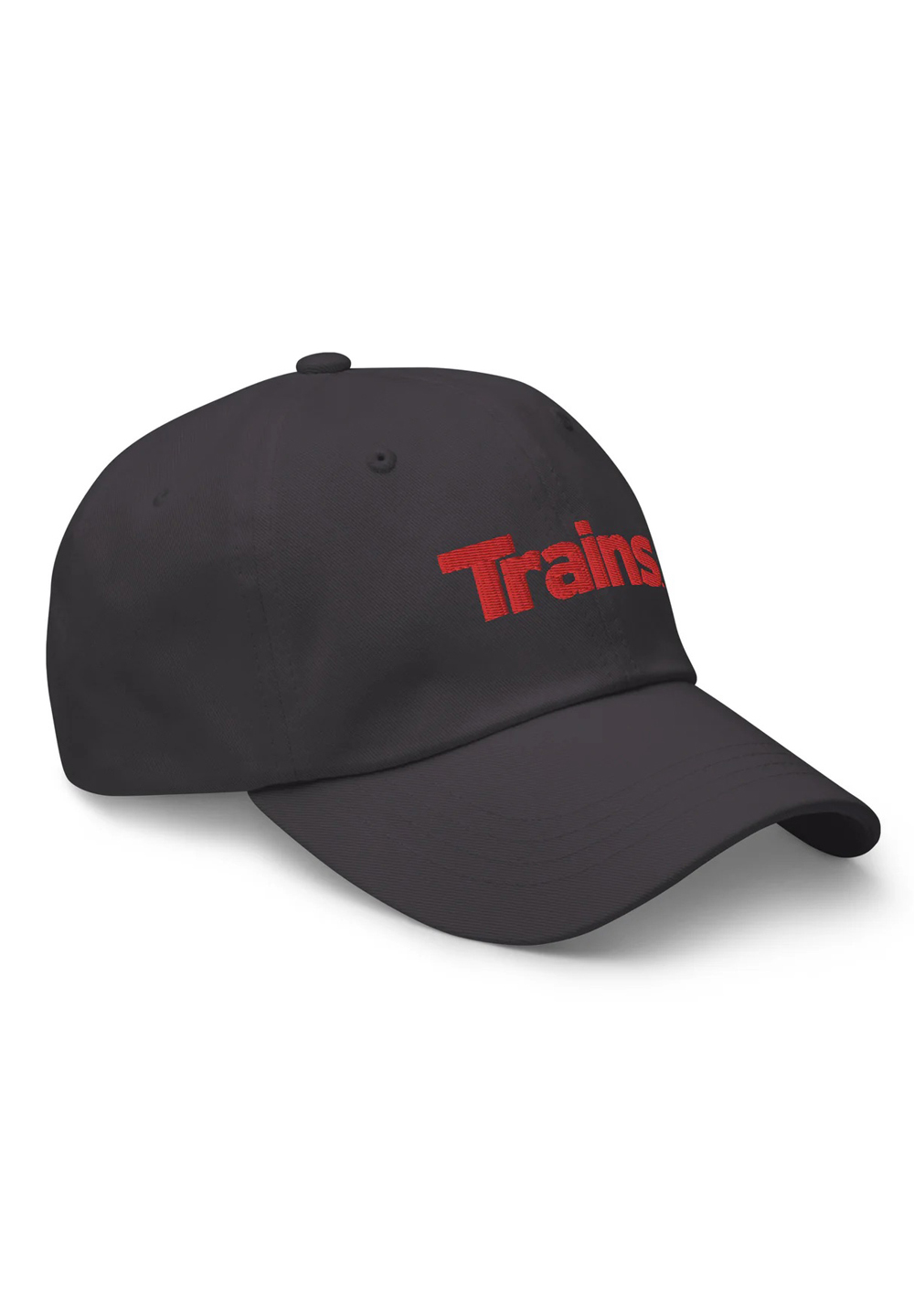

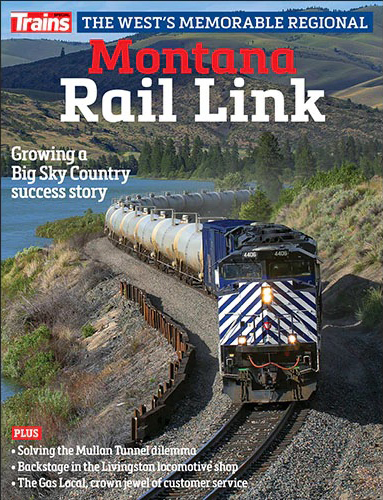
The formula to prop up capex funding for railroads shouldn’t be any different than what is done for trucks. Trucks pay their portion of capex through diesel and gas highway fuel taxes and licensing.
Railroads also pay fuel taxes, federal and state (depending on where they fill er up) and in some case via property taxes on their ROW.
The “reform” needs to be some form of accounting to reflect what is paid in and what is paid out vs what is simply general revenue being created or redirected from borrowing or real income.
That is what I would like to see. No more flim flam games by borrowing against future revenues, or from the SSN Trust Fund or massive grants based on no baking revenue, just inflationary money creation.
No, the photo isn’t in Brookfield (Waukesha County). It’s in the so-called “Village of Wauwatosa”, which is the very attractive downtown area of the City of Wauwatosa (Milwaukee County). The photo looks west toward the Harwood Avenue overpass. On the left is the east-west leg of the Oak Leaf bicycle trail. This is one among the best train-spotting locations in the west suburbs. It can be combined with any bike ride to/from anywhere in the area.
This is maybe the only place in a Wisconsin suburb that can be compared to suburban Chicago to combine frequent trains with a pedestrian friendly (restaurants, bars etc.) atmosphere.
According to an article a few years back in TRAINS magazine, Kalmbach once published the magazine from a building just off to the right. However I have never seen any other reference to that fact.
Those bridges are famous in various photos and books and you’re correct it is Wauwatosa, surprised TRAINS got that wrong.
Just came in from there on the bicycle. Oh BTW as soon as I posted I knew the bridge is Harmonee Avenue, not Harwood Avenue. The latter street is also in the picture (location of the photographer) as a pedestrian/ bicycle crossing.